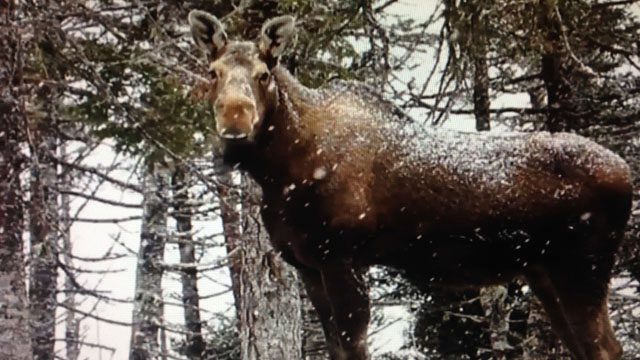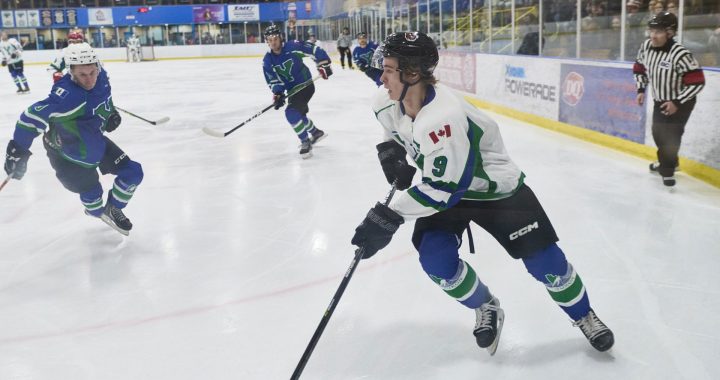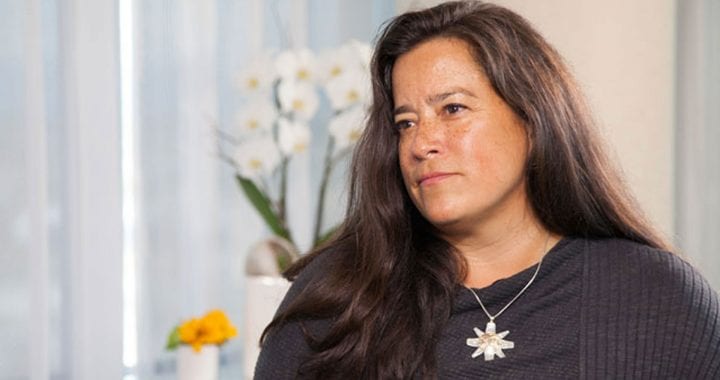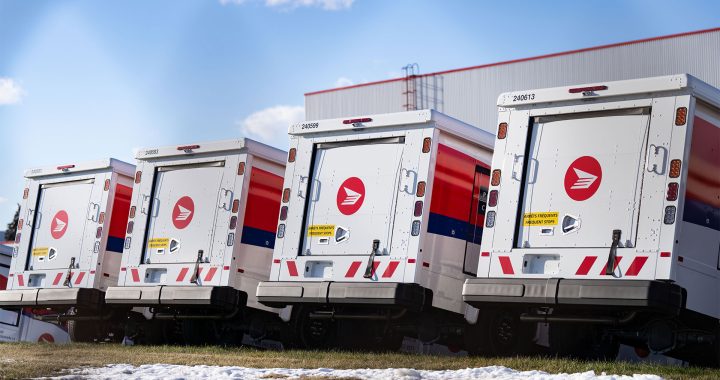
An elder once told Barrier Lake Chief Casey Ratt that, years ago, the area around their community once had a flourishing moose population – as many as 30 could be spotted during a 45 minute lakeside commute to a neighboring community.
Today, Ratt says you’re lucky to even see one.
“I haven’t seen a moose, and I’m on the road every day,” he explained.
Just ahead of the fall hunt, the Algonquin Nation is raising the alarm about the dwindling moose population in the La Verendrye Wildlife Reserve – an area of 12,500 km² – and demanding the Quebec government enforce an immediate moratorium on sports hunting pending further study.
For generations, the Algonquin have hunted on the reserve’s grounds, relying on moose meat for sustenance.
“We take what we need only,” Ratt explained. In order to feed his community and others on the territory – less than 500 people total – a cull of about 20-25 moose is needed every year.
But in 2019, sports hunters – according to the Societe des Etablissements de Plein Air du Quebec (SEPAQ) website – took out at least 97 moose in four weeks.
The previous year, Ratt says, they killed 116.
“This is where I have a big problem,” he added. “We need to start closing the park. We need to have a moratorium in order to have a healthy moose population.”
Citing a “deep concern” for the fauna in the reserve, the Algonquin Nation made an appeal last week to Pierre Dufour, Quebec’s Minister of Forests, Wildlife, and Parks, to close La Verendrye Park temporarily – a few years, if need be — so a conservation and management plan can be properly formulated and enforced.
During a meeting with council members, Dufour reportedly conceded that SEPAQ does not have a strategy for maintaining a healthy moose population in the park.
Ratt says data hasn’t been properly collected since 1994.
“[SEPAQ] asks the hunters ‘did you see a moose in this area?’ And of course, they’ll say yes. They’ll ask the hunters how many days they’ve seen moose – but it could be the same moose,” he explained. “So it’s not very accurate, the way they’ve collected [data] on the moose population.”
According to the SEPAQ website, “Moose hunting is limited by quota in the reserve and is subject to random draw.” They also issue permits for hunting partridge, bears, and goose.
As a result, hundreds of hunting tags are granted each season; if yields are unsatisfactory, sport hunters are permitted to also shoot cows and calves, according to Ratt.
“If there isn’t any success in previous years, they open [the hunt] to the bull, to the cow, and to the calf. That’s their management practice. And we’re saying we can’t have that – we won’t accept it,” he said.
That said, the Algonquin Nation says the moose population is equally affected by factors like deforestation, diseases, parasites, and climate change.
“We are therefore united to take all the necessary measures to face this state of emergency, for the best of our Nation, and for all citizens,” Kitcisakik Chief Regis Penosway said in a statement.
If the Quebec government response is unsatisfactory, they say they’re ready to assume their responsibility as “protectors of the territory,” according to the statement, based on the inherent rights and jurisdictions outlined in Article 29 of the UN Declaration on the Rights of Indigenous Peoples (UNDRIP).
SEPAQ could not be reached for comment before deadline.










